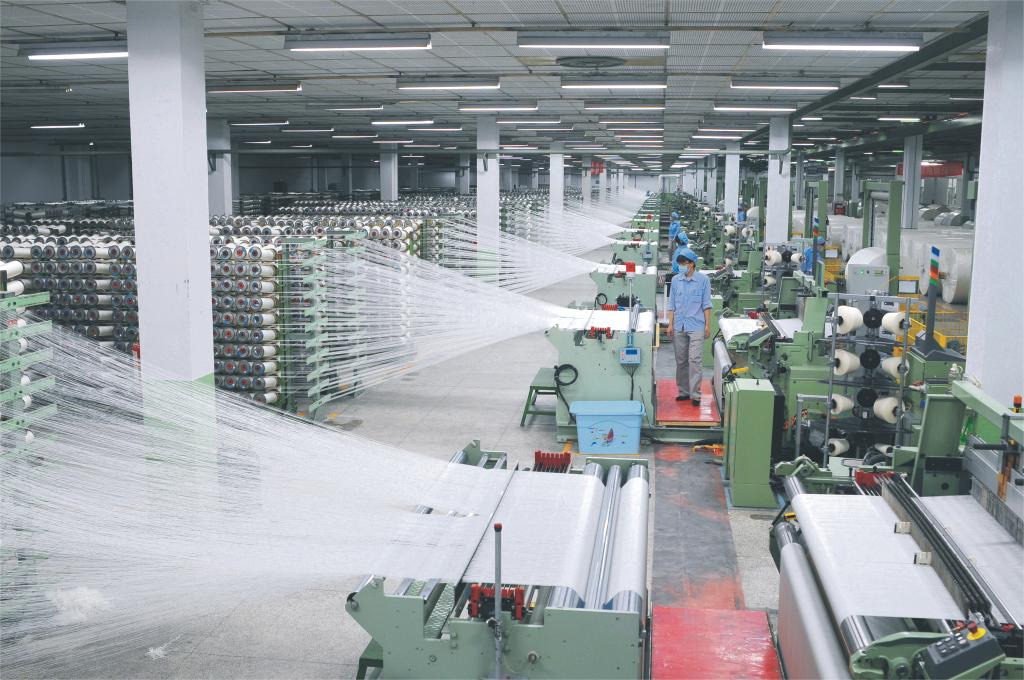In today’s era of rapid technological advancement, a seemingly ordinary material with extraordinary capabilities quietly underpins modern industrial operations—glass fiber. With its unique properties, it finds extensive applications across aerospace, construction, transportation, electronics, and other fields, emerging as a vital force driving societal progress. This article will take you on an in-depth journey into the mysteries of glass fiber, exploring how its invisible strength shapes our world.
What is Glass Fiber?
As the name suggests, glass fiber is a filamentary material produced by drawing molten glass through a specialized process. These filaments typically measure between a few micrometers and several dozen micrometers in diameter—far finer than a human hair. They inherit glass’s high strength and hardness while also possessing the flexibility and weavability of fiber materials, unlocking vast application potential.
Exceptional Properties of Fiberglass
High Strength and Lightweight: Fiberglass boasts strength far exceeding ordinary steel while weighing only about one-quarter as much. This perfect combination of high strength and light weight makes it an ideal material for manufacturing lightweight structural components.
Corrosion and Weather Resistance: Fiberglass exhibits outstanding resistance to most chemicals, enabling long-term use in harsh environments without significant damage. Additionally, it exhibits strong aging resistance, withstanding erosion from natural elements like ultraviolet radiation, wind, and rain.
Excellent Insulation: Glass fiber serves as an outstanding insulating material, effectively blocking electrical current flow, making it widely used in electrical and electronic fields.
High Design Flexibility: By adjusting the composition, diameter, and weaving patterns of glass fiber, products with diverse properties can be manufactured to meet the demands of complex application scenarios.
Applications of Fiberglass
Aerospace: In aerospace, fiberglass is used in composite materials for aircraft wings, fuselages, and other components to reduce weight and enhance fuel efficiency. Its superior corrosion resistance and aging resistance also ensure safe flight in extreme environments.
Construction: Composite materials like Glass Fiber Reinforced Concrete (GFRC) and Fiber Reinforced Plastic (FRP) are increasingly prevalent in construction. They not only enhance structural strength and durability but also unlock greater design flexibility for architectural projects.
Transportation: In manufacturing vehicles, trains, and ships, glass fiber is used for components like bodies and hulls to reduce weight, improve fuel economy, and enhance safety. Additionally, glass fiber is used in critical components like tire cord, improving tire performance and longevity.
Electronics and Electrical: In electronics and electrical applications, glass fiber serves as insulation material and circuit board substrate, ensuring stable operation of electronic devices. Its excellent design flexibility also meets diverse material performance requirements for electronic equipment.
Manufacturing Process of Glass Fiber
The production of glass fiber involves a highly precise and complex process. First, raw glass materials are melted into a molten glass bath at high temperatures. This molten glass is then drawn into fine filaments using devices like draw nozzles. During this drawing process, the filaments undergo coating, bundling, and drying stages, ultimately forming glass fiber products with specific strength and flexibility.
With continuous technological advancement, glass fiber manufacturing techniques are constantly being optimized. For instance, adjusting glass composition and drawing processes enables the production of glass fiber products with higher strength and improved corrosion resistance. Furthermore, adopting advanced weaving and composite technologies can further enhance the performance and application scope of glass fiber products.
Environmental Sustainability of Glass Fiber
While pursuing high performance, the environmental sustainability of glass fiber is also a significant focus. On one hand, glass fiber products boast a long service life and recyclability, effectively reducing resource waste and environmental pollution. On the other hand, with heightened environmental awareness and technological advancements, an increasing number of glass fiber manufacturers are adopting eco-friendly materials and processes to lower energy consumption and emissions during production.
Furthermore, the recycling and reuse of glass fiber have become key development directions for the industry. By reprocessing discarded glass fiber products, high-performance recycled glass fiber products can be produced, enabling resource circulation and sustainable development.
Post time: Sep-10-2025






